This post contains affiliate links. As an Amazon Associate, I earn from qualifying purchases. For more information read my Disclaimer page.
I wanted to share the recipe I use for buttercream icing and glazes with you because they can come in handy for a lot of different bakes. There are many kinds of buttercream recipes out there, some call for eggs, and some don’t. I like to keep things relatively simple with my icings so that it’s super easy to make when I need it.
Glazes: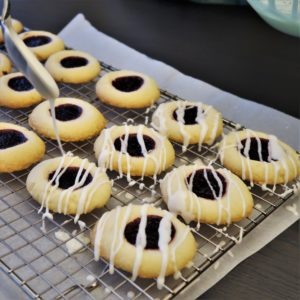
Glazes are like an icing that doesn’t contain much fat. My recipe does have a little because I prefer to use milk instead of water (better taste). A glaze has a looser consistency than an icing so that it’s easier to drizzle or dip baked items into it. In truth the glazes you are used to thinking of as glazes are actual called flat icings, but we will continue calling them glazes for simplicity. It is also possible to make a glaze by mixing a fruit juice with the icing sugar. The most important thing to remember when making glazes and icings is that it all comes down to texture. Once you have made it a couple of times, you will start to notice when they have reached the right consistency.
Ingredients:
1 cup (140g) Icing sugar
1 tsp vanilla (or other flavours)
3 tbsp whipping cream (or just milk if you don’t have cream)
Directions:
- In a small bowl mix icing sugar, cream, and vanilla.
- Mix until you achieve the proper consistency. The icing should ribbon off of the spoon and coat the back of the spoon, so when you drag your finger across it, the icing doesn’t run. The video below will show you what I mean.
Buttercream Icing: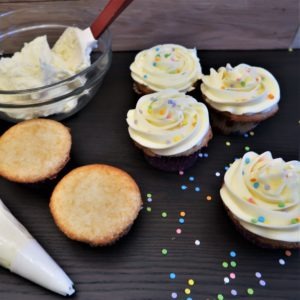
Butter Cream Icing is used in decorating cakes, sandwiched between cookies, and a variety of other bakes. It’s important to have a basic recipe that you can rely on when baking. The recipe I have included I got from Wilton’s Baking and Decorating for Special Occasions book, which isn’t available anymore. You can check out Wilton’s website for other icing recipes and tips. The recipe is pretty simple; you are creaming together fat and sugar until you get the proper consistency. These types of icings don’t fare well in the heat since most fat likes to melt, but there is a little hint for that. If it’s a hot summer day and you are baking a cake or making cupcakes, you can add a tablespoon of meringue powder to the buttercream, and it will help stabilize it.
Ingredients:
1/2 cup (110g) butter (or 1 cup of butter if you don’t have shortening)
1/2 cup (110g) Shortening
4 cups Icing sugar
1 1/2 tsp Vanilla
2 tbsp heavy cream or milk
Directions:
- Cream together butter and shortening until well combined
- Add in vanilla or any other flavour you want
- Mix in the icing sugar a little bit at a time. Add cream or milk once the icing gets too stiff
- Continue adding in icing sugar until you have the right consistency. If it is too stiff to spread add more cream, or if too loose add in some more icing sugar.
The use of shortening in the buttercream helps it to be stable since butter is super soft at room temperature while shortening is not. You can make buttercream without shortening but it may melt faster and you may not be able to use it to do fine piped decorations. Buttercream icing can be kept in the fridge for up to a month in an airtight container. When you are ready to use the frosting, let it come to room temperature, once it has I like to throw it in my stand mixer to fluff it up again. I hope that these basic buttercream icing and glaze recipes will help you out while baking. Good luck and Happy Baking.
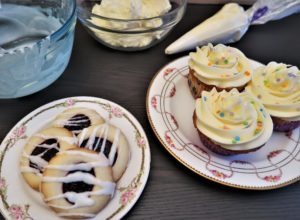
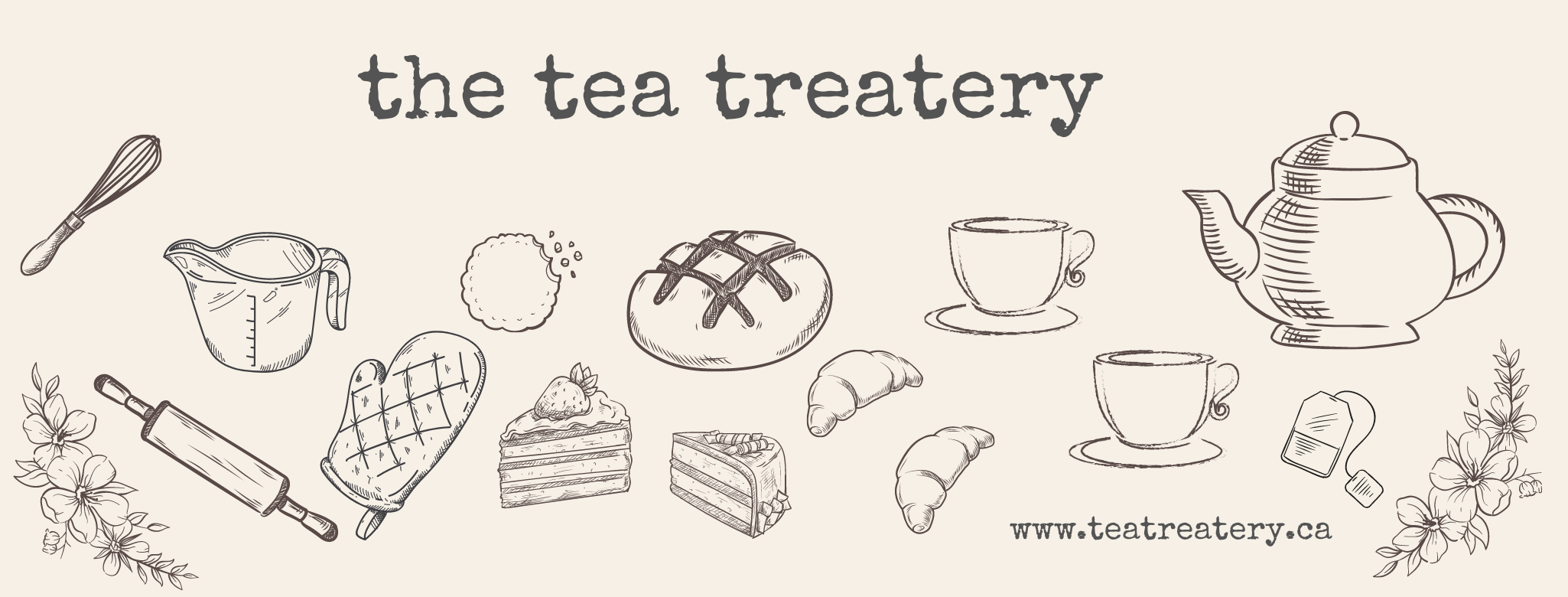
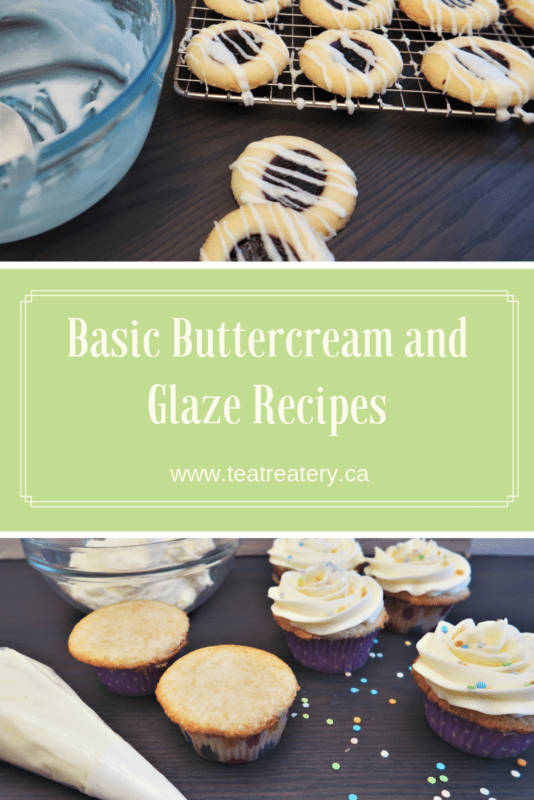
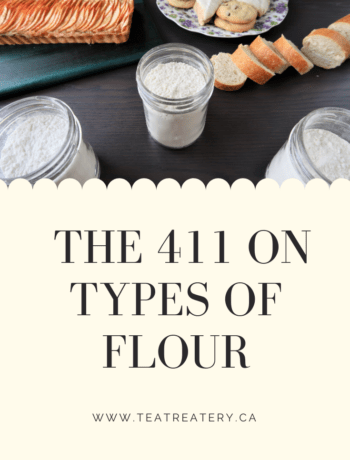
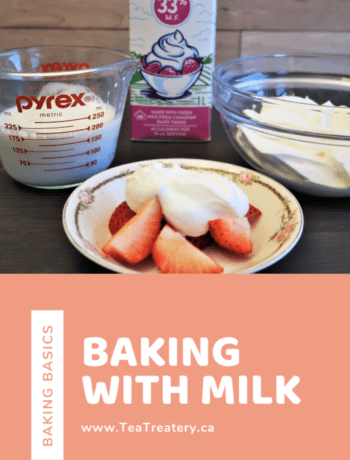
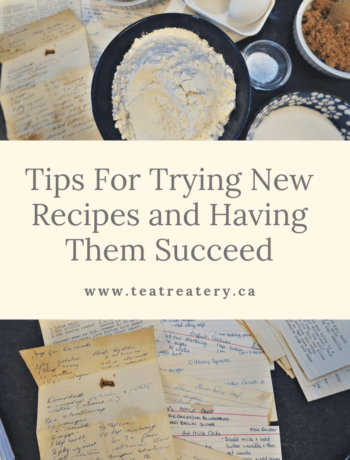
No Comments